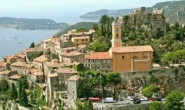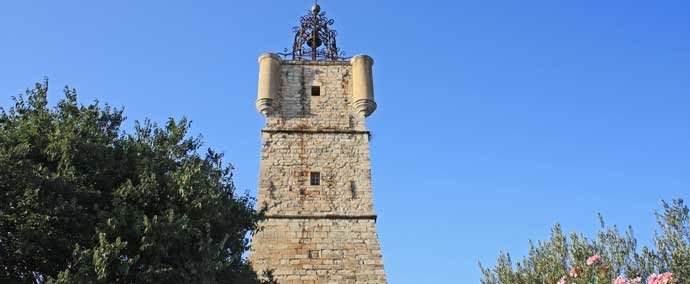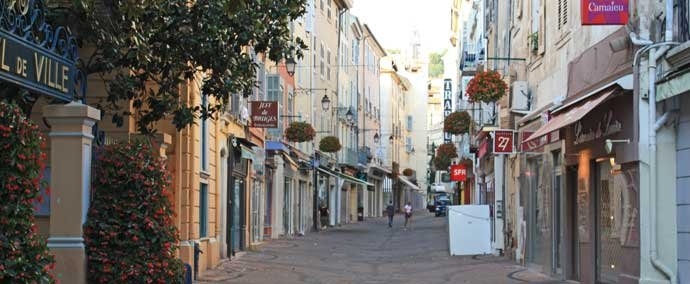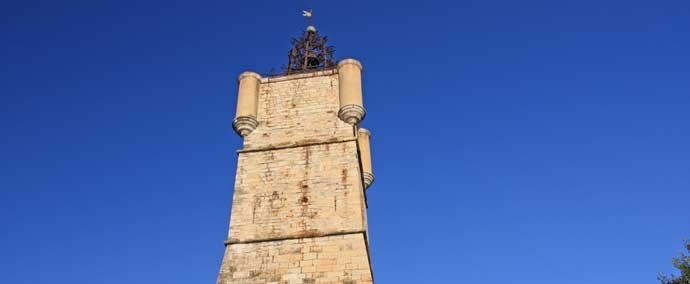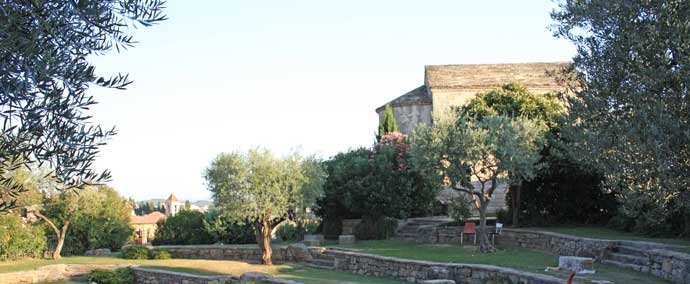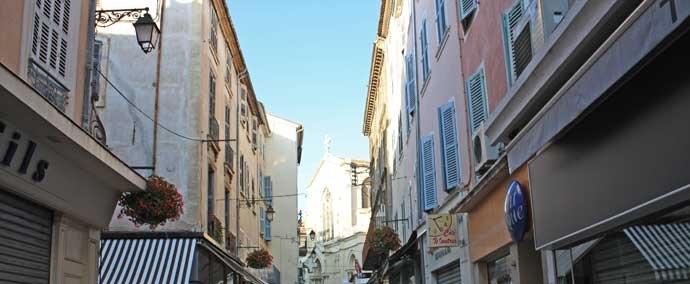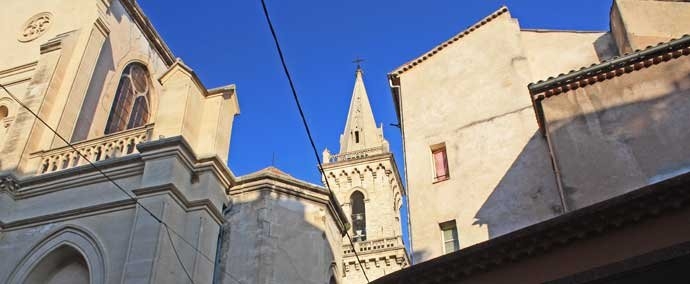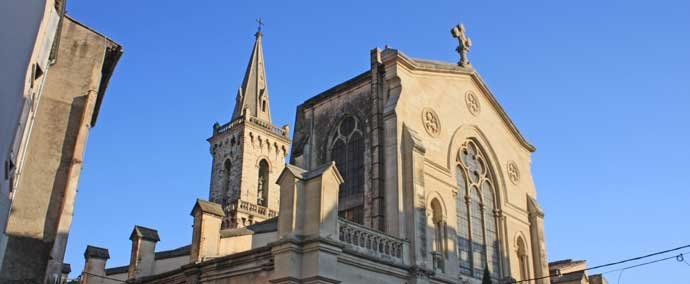
Draguignan (83300)
Reserve a hotel in Draguignan :From promotionally-priced hotels to the most luxurious ones of Draguignan, find our Draguignan and Côte d'Azur hotel selection !
See the Hotels
See the Hotels
bibi©
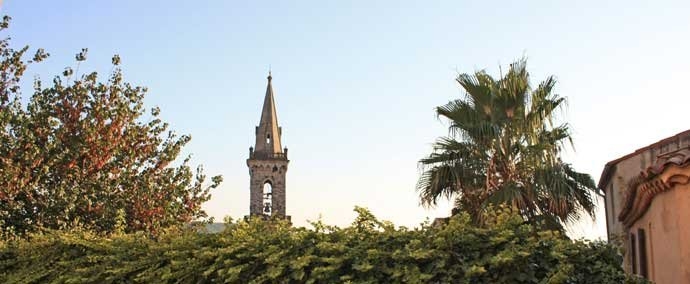
Draguignan (83300)
Find accommodation in Draguignan :Find a hotel in Draguignan: special deals on the Côte d'Azur in Draguignan
See the Hotels
See the Hotels
bibi©
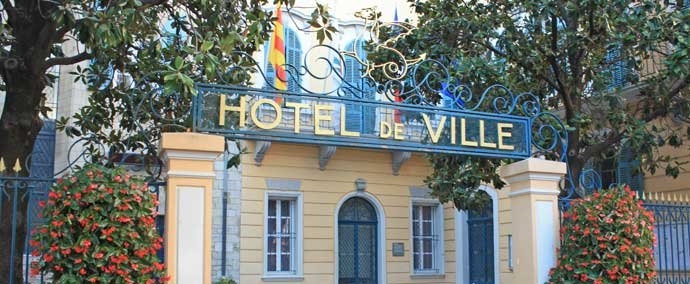
Draguignan (83300)
Find a hotel in Draguignan :See hotels in Draguignan and browse all our special deals on the Côte d'Azur
See the Hotels
See the Hotels
bibi©
No 1
No 2
No 3
No 4
No 5
No 6
No 7
No 8
No 9


tourist information
Information on the cities of Côte d'Azur Draguignan - Tourism Var Côte d'Azur
Presentation
Ideally located between the Gulf of St. Tropez and the famous lakes of the Verdon, Draguignan is a pleasant town in the center of the Var. The former prefecture of the Var has long been an important military center, but it has now become a tourist town, with its old town, beautiful squares, streets lined with plane trees, old houses with carved doors... It is also a city where culture plays an important part and where heritage is valued.
The first traces of life on the territory of Draguignan date from prehistory, the Stone of the Fairy being a beautiful example. Later, during the Iron Age, fortified villages were built with dry stones on the heights of the current city.
Life was more active in Draguignan in the Roman period. Ruins show that the Roman road linking Italy to Spain was crossing Draguignan. We also know, thanks to the Peutinger table, that a road stop was located near Draguignan. Although no Roman village was built on the present territory of Draguignan, rich villas were built there. It was then that the culture of the vine and olive were developed .
Draguignan was built in the Middle Ages. The name of the town is mentioned for the first time in 909. The village changed several times of lords according to the estates of the Earls of Provence. Draguignan prospered until the fourteenth century. At that time the country was ravaged, the city was attacked by looters and the population declined until 1470.
During the Louis XIV reign, the Castle of Draguignan was destroyed to punish the city for helping the frondeurs. Thereafter, it was rebuilt (in 1663) with its beautiful 24-meter high bell tower.
The city developped then even if it was affected by the plague and the Spanish and Austrian Wars of Succession. The industries of soap, leather, paper and silk were developed and enriched Draguignan.
The French Revolution did not cause any damage to Draguignan. In 1795, Napoleon Bonaparte gave the status of prefecture to Draguignan. He considered that the situation was too dangerous in Toulon. The prefecture of the Var was transferred to Toulon in 1974. The government's decision was strongly contested by the inhabitants of Draguignan and altercations with police took place.
Culture in Draguignan is very dynamic. It is possible to visit the Museum of artillery, the Museum of the Society for scientific and archaeological studies, the Museum of Arts and Popular Traditions of Provence and the Municipal Museum .
Traces of life in prehistoric (Pierre De La Fée) and Roman times are also interesting places to visit. The Clock Tower, topped with its bell tower, is one of the highlights of tourism in Draguignan.
Religious heritage is very important in Draguignan. For many years, the city had been very Catholic. Many chapels are therefore located in and around the city.
Finally, the old city is a place to walk and to make very pleasant discoveries : hidden squares, old houses and wash-houses.
Draguignan is located 89 km from Nice and 86 km from Toulon. By car, from the A8 motorway, take exit Le Muy (exit 36) and then take the D1555 road until you reach Draguignan (13km).
HISTORY
The first traces of life on the territory of Draguignan date from prehistory, the Stone of the Fairy being a beautiful example. Later, during the Iron Age, fortified villages were built with dry stones on the heights of the current city.
Life was more active in Draguignan in the Roman period. Ruins show that the Roman road linking Italy to Spain was crossing Draguignan. We also know, thanks to the Peutinger table, that a road stop was located near Draguignan. Although no Roman village was built on the present territory of Draguignan, rich villas were built there. It was then that the culture of the vine and olive were developed .
Draguignan was built in the Middle Ages. The name of the town is mentioned for the first time in 909. The village changed several times of lords according to the estates of the Earls of Provence. Draguignan prospered until the fourteenth century. At that time the country was ravaged, the city was attacked by looters and the population declined until 1470.
During the Louis XIV reign, the Castle of Draguignan was destroyed to punish the city for helping the frondeurs. Thereafter, it was rebuilt (in 1663) with its beautiful 24-meter high bell tower.
The city developped then even if it was affected by the plague and the Spanish and Austrian Wars of Succession. The industries of soap, leather, paper and silk were developed and enriched Draguignan.
The French Revolution did not cause any damage to Draguignan. In 1795, Napoleon Bonaparte gave the status of prefecture to Draguignan. He considered that the situation was too dangerous in Toulon. The prefecture of the Var was transferred to Toulon in 1974. The government's decision was strongly contested by the inhabitants of Draguignan and altercations with police took place.
TO SEE
Culture in Draguignan is very dynamic. It is possible to visit the Museum of artillery, the Museum of the Society for scientific and archaeological studies, the Museum of Arts and Popular Traditions of Provence and the Municipal Museum .
Traces of life in prehistoric (Pierre De La Fée) and Roman times are also interesting places to visit. The Clock Tower, topped with its bell tower, is one of the highlights of tourism in Draguignan.
Religious heritage is very important in Draguignan. For many years, the city had been very Catholic. Many chapels are therefore located in and around the city.
Finally, the old city is a place to walk and to make very pleasant discoveries : hidden squares, old houses and wash-houses.
ACCESS
Draguignan is located 89 km from Nice and 86 km from Toulon. By car, from the A8 motorway, take exit Le Muy (exit 36) and then take the D1555 road until you reach Draguignan (13km).
Info
Website : http://www.dracenie.com
Contact e-mail : Information request Draguignan
City hall of Draguignan
Maire de Draguignan (canton de Draguignan) : Monsieur PISELLI Max.
City population : 34814 inhabitants.
Contact information :
28-29 rue Georges Cisson, BP 19, 83300 DRAGUIGNAN
Tel : ![]()
Show the phone number
Fax :
Show the phone number
Contact the Draguignan city hall
Useful links

 Book holidays
Book holidays holiday Rental
holiday Rental Stays in residence
Stays in residence discounts
discounts Book hotel
Book hotel Stays
Stays Excursions
Excursions Sailing and Boating
Sailing and Boating Beaches and seaside
Beaches and seaside Hike
Hike Tourism
Tourism Discoveries
Discoveries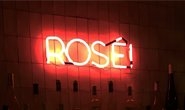
 Cinemas
Cinemas Films
Films Restaurants
Restaurants Recipes
Recipes Activities
Activities Outings
Outings
 car rental
car rental Corsica Ferries
Corsica Ferries Good ideas on the Riviera
Good ideas on the Riviera World within reach of Nice
World within reach of Nice Airline Tickets
Airline Tickets
 Real Estate
Real Estate Classified Ads
Classified Ads Facebook
Facebook
 Photo of the Week
Photo of the Week Agenda of the week
Agenda of the week Calendar
Calendar Horoscope
Horoscope Events
Events Our favorites
Our favorites